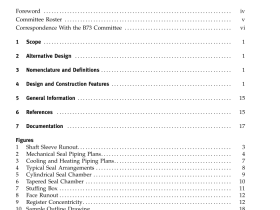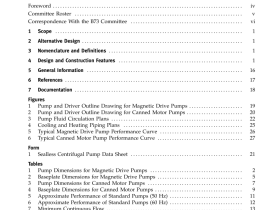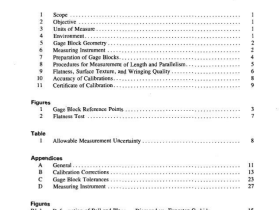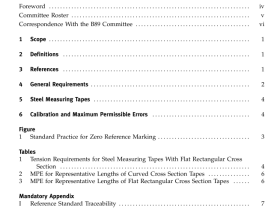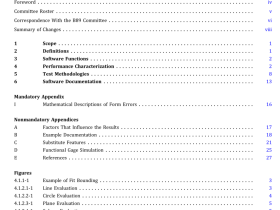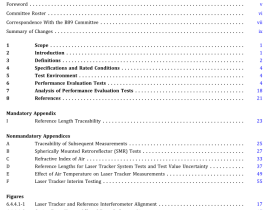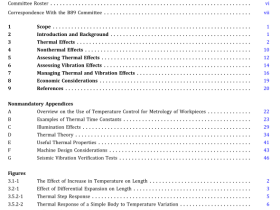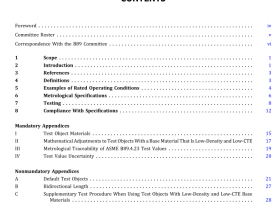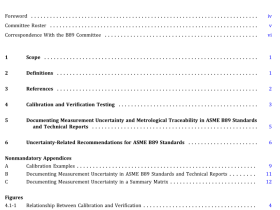ASME MFC-8M pdf download
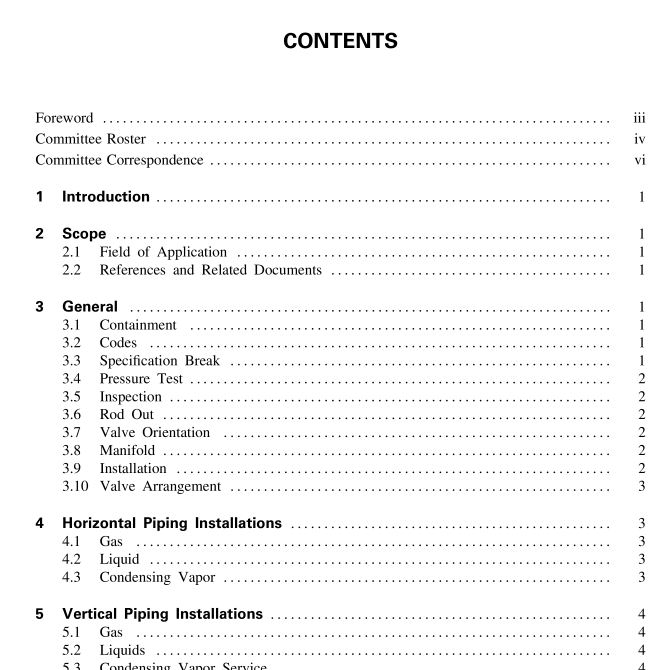
ASME MFC-8M pdf download FLUID FLOW IN CLOSED CONDUITS: CONNECTIONS FOR PRESSURE SIGNAL TRANSMISSIONS BETWEEN PRIMARY AND SECONDARY DEVICES
The detail design for the installation of the flowmeter secondary system should consider instrument trouble- shooting and calibration. Access to the impulse lines, the valves, manifold and the secondary device is required. Installations providing this access must not compromise the measurement accuracy by adding excessive pressure sensing lines and fittings. Longer and more complex piping may increase uncertainties and provide more opportunity for plugging. Plugged lines lead to loss of control and may create hazardous situations.
Any difference in elevation between the primary device pressure taps and the secondary will result in a pressure difference between the two ends. If the fluids in the two lines are not identical in density, a difference in pressure is generated. Density differences will arise if there is a temperature difference between the fluids in the two impulse lines. (See Appendix B for an example of a typical calculation.) It is recom- mended that the two impulse lines are fastened together and, if insulated, they are insulated together. Non- identical fluids in the two impulse lines can also give rise to density differences.
It is also recommended that, where allowable, the secondary be “bled” or “vented” after installation to clear the impulse lines of fluids left during the construc- tion or after hydrostatic testing or system cleaning. Bleed valves may be included in manifolds or in the secondary device body, or installed as needed. Periodic bleeding may be required if the characteristics of the fluids in the impulse lines change over time with fluid aging and with diffusion or leakage into or out of the impulse lines. The general experience in industry is that dirt is everywhere, and that liquids will have entrained or condensed liquids. It is good practice to design the installation to allow for natural draining of liquids or venting of gases.
3.10 Valve Arrangement Where the primary device uses flange taps in the smaller size pipes, it is likely that block valves and flanges will physically interfere with each other if they are mounted directly in line with the primary device pressure taps (see Fig. C2). In vertical lines, alternate flange taps can be used to avoid mechanical interference; but this practice is not encouraged. Vertical flow installa- tion of head type meters in vapor service is discouraged.
